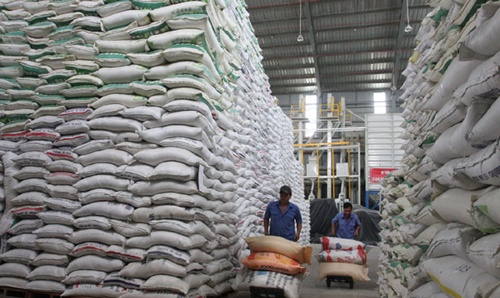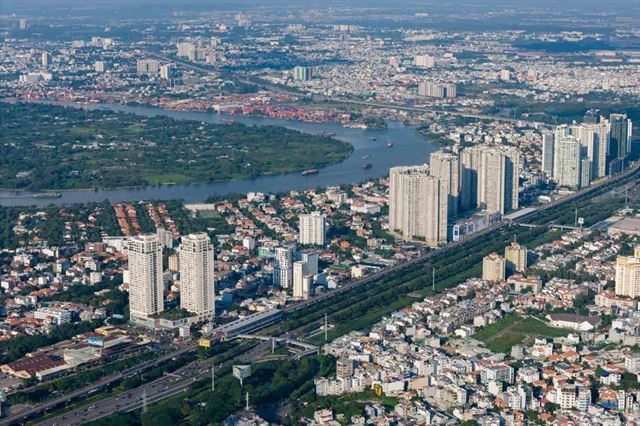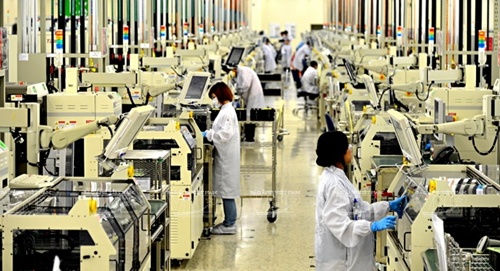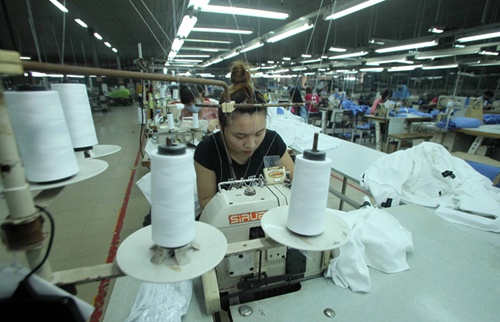Farms need value chains
Farms need value chains
Countries in the Great Mekong Subregion (GMS) have to develop a value chain that focusses on farmers and food enterprises in order to improve the quality of the region's agricultural products.

The agricultural sector now employs between 32 per cent and 70 per cent of the GMS workforce, but contributes only between 11 per cent and 30 per cent of the region's GDP due to lack of modern technologies and low quality of human resources in the region, experts said at a meeting on Monday.
Local households and small and medium enterprises (SMEs) in the Great Mekong Subregion (GMS) should have better connectivity to improve the quality of agricultural products and enhance their integration into modern value chains, Sisira Jayasuriya, Monash University's director of Centre for Development Economics and Sustainability said at a meeting on Monday.
To achieve that, GMS countries would have to remove barriers in trade between regions and nations, and develop new policies that create a better business environment and attract more Foreign Direct Investment, he said.
Local governments also needed to establish their regulatory settings to ensure their agricultural products would meet the standards set by the Global Good Agricultural Practices (GAP), Sisira added.
In addition, local infrastructure and logistical services must be improved in order to provide better transportation for agricultural products and connection between different regions and countries, he said.
The GMS region should also diversify its product mix using its natural comparative advantages such as land, water, weather and people, and get involved in a variety of destination markets to become less dependent on specific markets such as China, Japan and other ASEAN countries, Sisira said.
Other specialists in the agriculture sector also said that a new value chain would usher in better benefits for local farmers and food companies in the GMS region, especially those in Viet Nam.
Tran Cong Thang, vice director general of the Institute of Policy and Strategy for Agriculture and Rural Development reported that only 4 per cent of rice products in Viet Nam's Mekong Delta Region were transported directly from the farmers to food companies last year. Despite this, the channel generated high profit of $40 to $50 per tonne and provided high-quality products.
Meanwhile, most of the rice products had to go through many stakeholders before reaching food companies, which reduced the quality of rice and generated high rate of post harvest loss and untraceable origins, Thang said.
He said that the major problems for the Vietnamese agriculture sector included the dominance of small-scale producers with small farms, the increased production costs from the overuse of fertilisers and pesticides, inconsistent quality of local rice products caused by many varieties being mixed together and lack of international branding for Vietnamese rice, which had made local rice exports less competitive in the global markets.
These factors resulted in unfair profit distribution among stakeholders in rice production, as farmers had to bear 83 per cent of total production costs but received only 53 per cent of the total profits, he said.




















